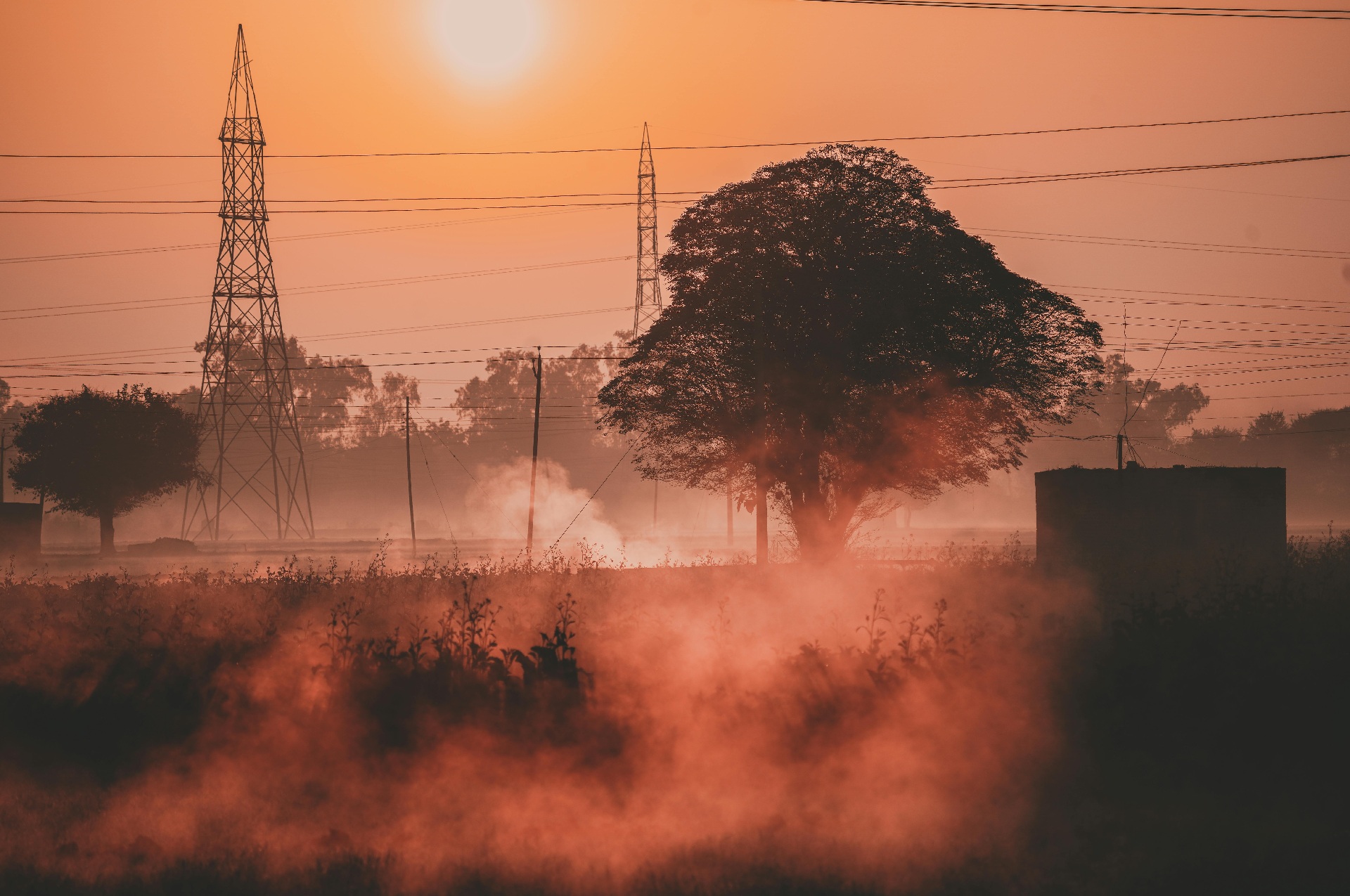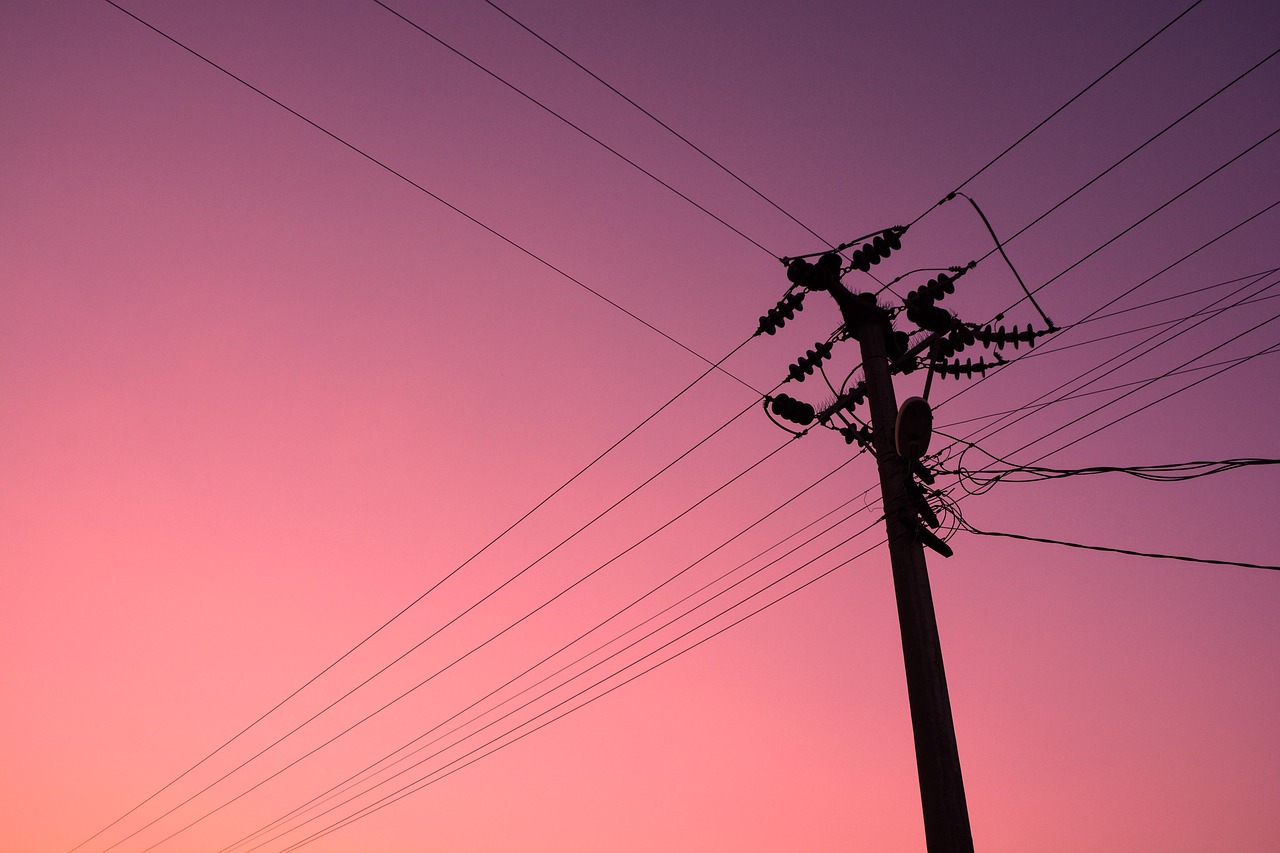Article
What Stood Out: 5 Key Insights from Our AI + Grid Resilience Conversation

“This approach helps us determine how many resources we’ll need, how long restoration may take, and where to position staging sites.”
Don Daigler
CenterPoint Energy
As extreme weather intensifies, utilities are under pressure to rethink how they plan, respond, and invest in grid resilience. In a recent session hosted by POWER Magazine, Don Daigler, SVP of Emergency Preparedness and Response at CenterPoint Energy, joined experts from Technosylva to explore how AI and weather modeling are beginning to inform utility strategies, and where the industry is headed next.
Whether you’re just starting to explore these tools or already building your capabilities, the conversation highlighted early lessons that can help guide smarter, more adaptive decision-making.
Here are five key takeaways from that discussion:
1. Traditional Tools Alone Cannot Handle Today’s Risk
From wildfires and hurricanes to flooding and extreme wind, weather threats are increasing in both severity and complexity. Static assessments and after-the-fact analysis are no longer enough. Electric utilities must shift from reacting to predicting, and from predicting to pre-positioning.
2. All-Hazards Strategy Is the Only Way Forward
Daigler emphasized that, “80 to 90 percent of what you do for one hazard applies to another.” Electric utilities need flexible, integrated planning that treats all major weather threats as systemic risk factors that require real-time situational awareness.
3. Predictive Modeling Supports Smarter Decisions at All Levels
Technosylva’s wildfire and extreme weather risk modeling is helping electric utilities forecast event severity, asset impact, and restoration timelines with circuit-level precision. Daigler explained how this approach supports decisions about how many resources will be needed, how long it may take to restore power, and where to position staging sites.
These insights are starting to influence both strategic planning and daily operations, from crew readiness to customer communication.
4. Modeling Must Be Local and Operationally Aligned
CenterPoint Energy’s territory isn’t typically thought of as wildfire-prone, yet FEMA’s wildfire risk map showed Harris County has more wildfire-prone census tracts than any other county in the U.S. The lesson is clear: no region is immune. Electric utilities cannot assume risk is someone else’s problem. Modeling must be adapted to local hazards, grounded in operational realities, and aligned with regulatory and emergency response goals.
5. AI and Data Are Now Core to Resilience and Stakeholder Accountability
Regulators, credit rating agencies, and insurers are increasingly focused on how electric utilities use data to support mitigation strategies. Integrating AI and machine learning for modeling into daily operations is becoming essential for building credibility, managing financial exposure, and improving long-term resilience.
Watch the webinar replay below to get more depth from the conversation


